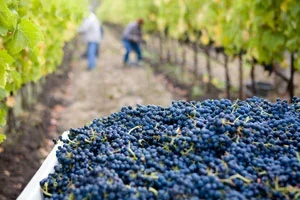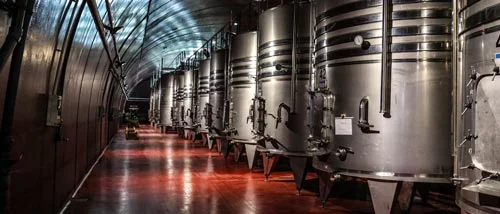- Procesos
- Productos
- Technology
Technology
Descubre nuestros Sistemas de Innovación Propia y de Alto Valor Técnico. Somos el presente y futuro de la innovación en equipamiento para bodegas.
-
-
-
Unified Expo 2024
Fecha: 23 / enero / 2024
Asistencia Presencial
Hasta el: 25 / enero / 2024
Descripción del evento:
Desde que la American Society for Enology and Viticulture (ASEV) y la California Association of Winegrape Growers (CAWG) unieron sus fuerzas para crear el Unified Wine & Grape Symposium en 1995, se ha convertido en la mayor conferencia sobre vino y uva del país.
Uno de los principales encuentros del sector, el Simposio Unificado presenta una plataforma vital para centrarse en las cuestiones que configuran la actualidad, al tiempo que se interrelacionan los temas y tendencias que configuran el futuro de la viticultura y la elaboración del vino.
- Dirección: SAFE Credit Union Convention Center, Sacramento, CA

- Todos
- Mayo 2025





